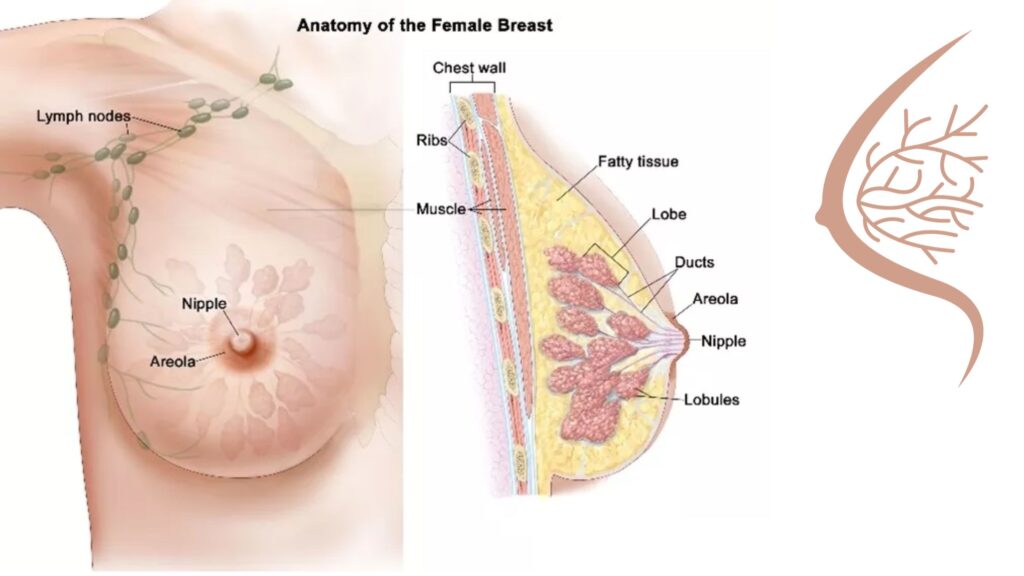The human body is a beautifully diverse canvas, with each individual carrying unique features that make them special. One such feature that varies widely among individuals is the size of areolas. Areolas, the pigmented areas surrounding the nipples, come in a range of sizes and shapes. In this blog, we’ll focus on larger areolas, addressing common questions, dispelling myths, and fostering an appreciation for this natural aspect of human anatomy.
Also Read: The Wonders of Lanolin: Nature’s Moisture Miracle
What Are Areolas?
Areolas are the circular or oval pigmented areas surrounding the nipples. They contain specialized glands called Montgomery glands that secrete a lubricating substance to keep the nipple and areola area moisturized and protected. Areolas serve various functions, including aiding in breastfeeding and offering a unique aesthetic feature.
Understanding Variation
Just like any other aspect of human anatomy, the size and shape of areolas vary widely among individuals. Some have small, barely noticeable areolas, while others have larger, more prominent ones. The size of areolas can be influenced by factors like genetics, hormonal changes, pregnancy, and breastfeeding.
Embracing Natural Diversity
It’s essential to remember that there is no “normal” or “ideal” size for areolas. What matters most is that they are healthy and functional. Celebrating the natural diversity of areola size helps promote body positivity and self-acceptance.
Common Myths and Misconceptions
- Areola Size Determines Breast Health: The size of the areola is not an indicator of breast health. Healthy areolas come in all shapes and sizes.
- Areola Size Affects Breastfeeding Ability: This is a common misconception. Regardless of their size, areolas have no direct impact on a person’s ability to breastfeed.
- Areolas Can Be Reshaped Surgically: While it is possible to undergo cosmetic procedures to alter areola size, it’s important to carefully consider the risks and potential complications associated with any surgery.
Empowering Individuals
If you have larger areolas and feel self-conscious about them, it’s important to remember that you are not alone. Many individuals share similar feelings, and it’s completely normal to have insecurities about one’s body. Engaging in open conversations, seeking support, and practicing self-love can be empowering steps towards embracing your unique features.
Supporting Loved Ones
If someone you care about expresses concerns about their areola size, it’s important to be understanding and offer reassurance. Remind them that beauty comes in all shapes and sizes, and that their areolas are just one small part of their overall uniqueness.
Conclusion
Embracing diversity in all its forms, including the size of areolas, is a crucial step towards fostering body positivity and self-acceptance. Remember, there is no one-size-fits-all definition of beauty. By understanding, appreciating, and celebrating our natural variations, we can create a more inclusive and supportive environment for everyone.

